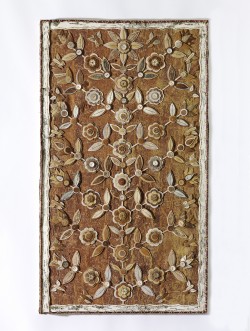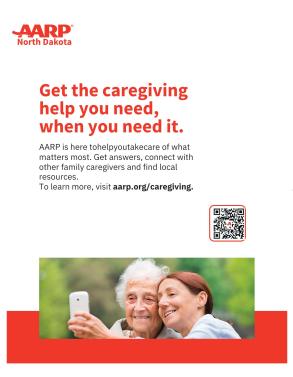Arts | January 27th, 2016

By John Showalter
Generally, when we think about how trees have been used throughout human history, a lot of the same purposes come to mind: building shelter amongst other things, fueling fires, and making paper. A lot of us probably think of big lumberyards full of 2X4s just waiting to be bought for our next home improvement project. We’re interesting in the wood inside, not the protective bark which just gets in the way. Well, that’s where Pat Kruse would say you’re not seeing the whole picture.
Kruse is a member of the Red Cliff and Mille Lacs band of Ojibwe from Minnesota. For generations, the Ojibwe tribes have been using the papery bark of the birch tree for all sorts of artistic and practical endeavors. Birchbark canoes might come to mind, but the versatile bark of the tree can be used for things as diverse as basket-making, etchings, and even canvases for painting. The tribe has seen the value in this part of the tree since long before the arrival of European settlers, and Pat Kruse carries on that tradition, even passing it on to his son Gage. “It’s his greatest gift,” says Kruse, “He can work with birch bark like one of the elders despite his young age.”
Kruse was able to tell me things about the bark of the birch tree that an outsider to the art could scarcely have realized. For example, the bark is not always paper-thin and can come in a variety of thicknesses depending on the tree, so the right bark can be suited to the right purpose. Also, harvesting the bark at different times of the year yields changes in texture, color, and the like, so the right bark for the project may not be available in spring, but very well could be in the winter. No piece of the park goes to waste, even the smallest shavings might serve as a leaf or a flower adorning a grand design on his next piece.
And perhaps most surprisingly, in an art that the Ojibwe have perfected, if the bark is removed in the correct fashion from the tree it suffers no lasting harm from the act. In fact, new bark will grow back, almost like scar tissue, to cover the tree again. Of course, the process can take 10-20 years, but it’s entirely possible to use bark from the same tree more than once when the proper care is taken. Kruse has numerous pieces that are made from this ‘second-growth’ bark, having been practicing this art for almost 25 years. And when this art is done correctly, that tree will continue to provide bark for future generations of Kruse’s family and his tribe on into perpetuity.
Kruse’s skills in this tradition have gotten him enough recognition that selling his pieces has allowed him to provide quite comfortably for himself and his family, and even to act as caretaker for his aging mother. The state of Minnesota has recognized the value of his gift and supplied him with an artist’s residence grant. His work can be seen in numerous places throughout Minnesota, such as the Science Museum in St. Paul. His works include baskets, etchings, and paintings as much as eight feet tall.
Surprisingly enough, Pat had some difficulty convincing the elders to teach him this tradition at first. Having one parent of French ancestry and another of Ojibwe, Kruse looks very much like a white man. “I was caught between both worlds,” he said. Restrictions on harvesting birch bark had started coming into effect because of a sharp decline in the tree population due to mismanagement, and the Ojibwe were among the few that were allowed to continue the practice. On more than one occasion when Pat has brought his work in to sell he has had to provide his tribal identification, between those restrictions and a flood of cheap birch bark products coming in from China and Russia.
For those of us in the Fargo-Moorhead area that this stokes the interest of, we are lucky enough that Pat Kruse will be bringing examples his art to the Plains Arts Museum. Over the three-day period that he will be staying here not only can people observe his art, but he will even teach some of the basics of the art. “I think it’s something everyone can learn,” he said, and when we have such a good teacher we’re bound to come off with richer knowledge than before about this ancient art.
IF YOU GO:
Creative Voices: a conversation with Pat Kruse
Plains Art Museum
January 28, 6:30-8pm
December 18th 2025
October 28th 2025
September 16th 2025
August 19th 2025
July 24th 2025

_(1)__293px-wide.png)
_(1)__293px-wide.png)

_(1)_(1)_(1)__293px-wide.jpg)
__293px-wide.jpg)